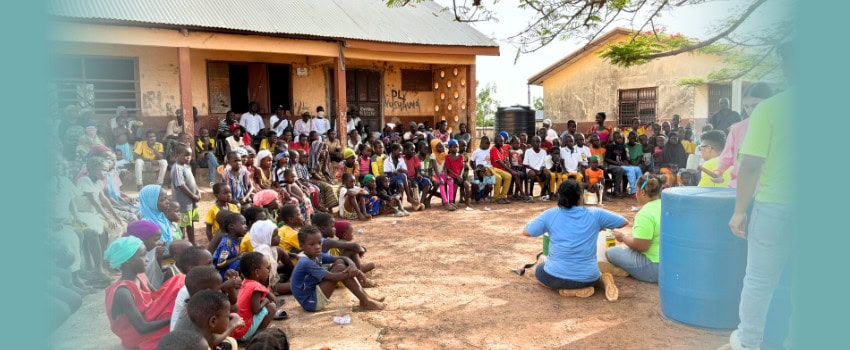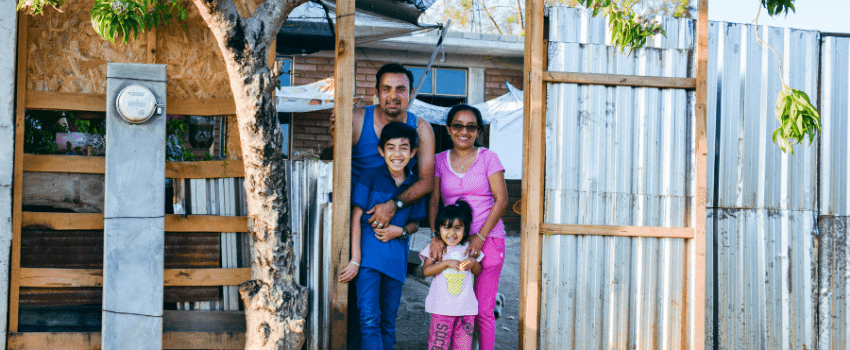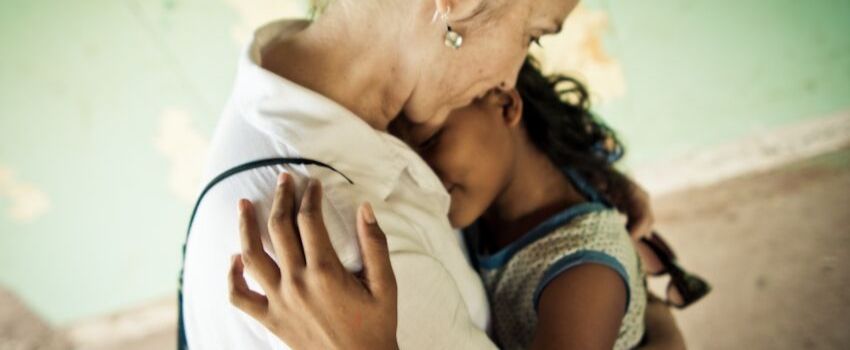
Whose Bible?
It started with a simple nudge—a last-minute feeling that I was forgetting something important. Rushing through the airport, I couldn’t shake the urge to buy a Bible. I didn’t know why, or who it was for, but I trusted the feeling. A week later, in a small village in Ghana, that Bible found its way into the hands of Talata, a girl who had never heard of Jesus. This is the story of how God’s quiet whispers and a small act of obedience became part of something much bigger than we could have imagined.








